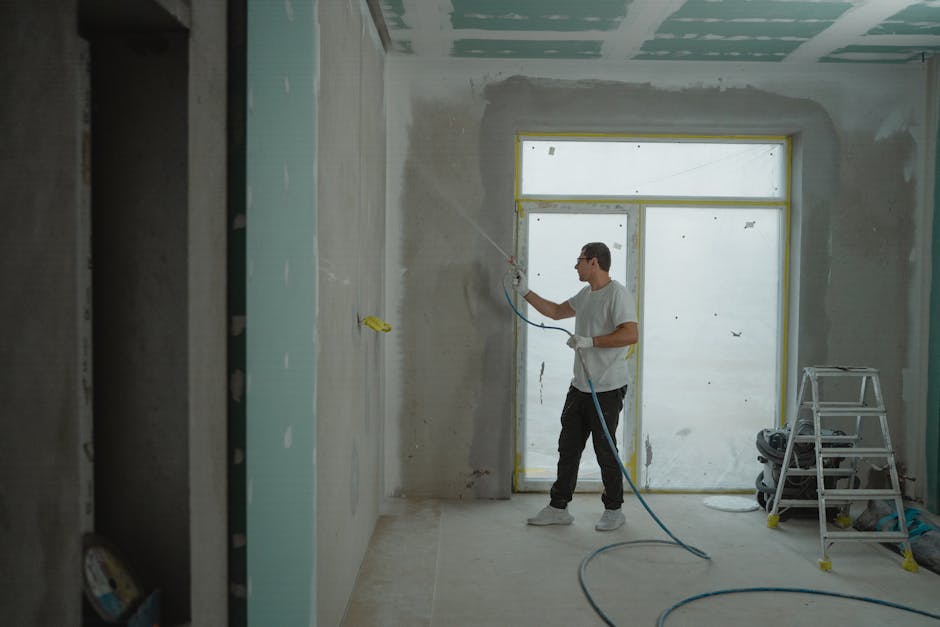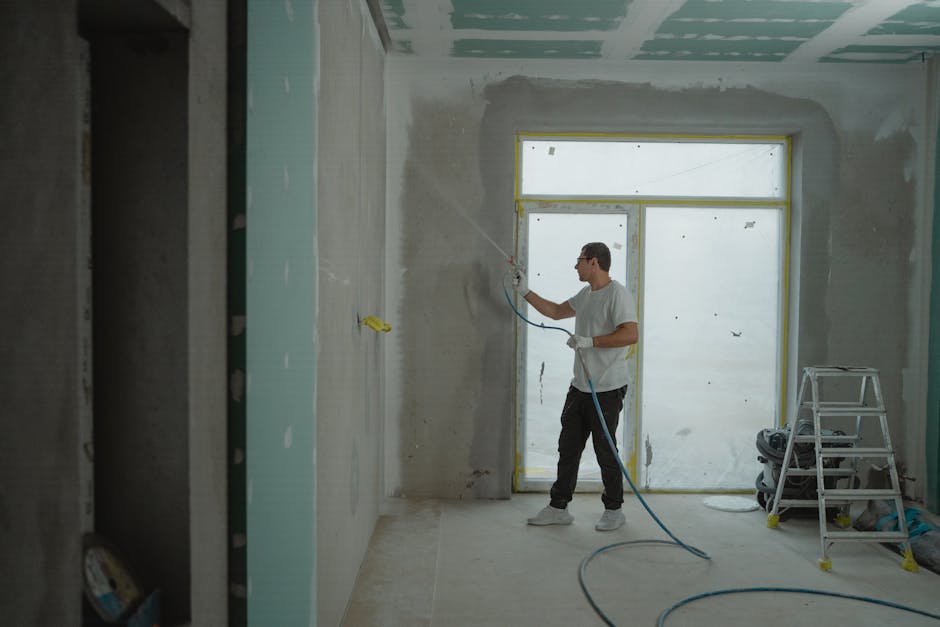Renovate vs. Remodel: What’s the Difference?
The terms “renovate” and “remodel” are often used interchangeably, leading to confusion for homeowners planning home improvement projects. While they both involve improving your home, there are key distinctions that can significantly impact your budget, timeline, and the overall result. Understanding these differences is crucial before embarking on any significant home improvement undertaking.
Defining Renovation
Renovation generally refers to the process of restoring or repairing a structure to its original condition or improving its functionality. It focuses on maintaining the existing structure while addressing issues such as wear and tear, outdated features, or necessary repairs. Think of it as bringing something back to its former glory, or slightly upgrading it without fundamentally altering its design or layout.
Key characteristics of a renovation project:
- Focus on repair and restoration: Addressing existing damage, replacing worn-out components, and updating existing systems (plumbing, electrical).
- Minimal structural changes: No major changes to the home’s layout or footprint.
- Preservation of existing design: Maintaining the existing aesthetic and style of the home.
- Generally less expensive than a remodel: Involves fewer materials and labor costs.
- Shorter completion time: Less complex projects often complete more quickly.
Defining Remodel
Remodeling, on the other hand, involves a more significant alteration to the structure and design of a home. It goes beyond simple repairs and updates, often including significant changes to the layout, addition of new features, and upgrading materials. Remodeling can be a transformative process, completely changing the look and feel of your space.

Key characteristics of a remodeling project:
- Significant structural changes: Moving walls, expanding rooms, creating new spaces.
- Complete design overhaul: Potentially changing the style, layout, and functionality of the home.
- High initial investment: Significantly higher material and labor costs due to the scope of work.
- Longer completion time: Complex projects involving permits and inspections require more time.
- Potential increase in home value: A well-executed remodel can significantly increase your home’s market value.
Renovation Examples
Here are some examples of home renovation projects:
- Kitchen cabinet refacing: Updating the look of your cabinets without replacing them entirely.
- Bathroom fixture upgrades: Replacing outdated toilets, sinks, and faucets.
- Window replacement: Improving energy efficiency and aesthetics with new windows.
- Interior painting: Refreshing the look of your home with a new coat of paint.
- Floor refinishing: Restoring the beauty of existing hardwood floors.
Remodeling Examples
And here are some examples of home remodeling projects:
- Kitchen expansion: Adding square footage to your kitchen to create more space.
- Bathroom addition: Creating an entirely new bathroom.
- Basement finishing: Converting an unfinished basement into usable living space.
- Open-concept design: Removing walls to create a more open and flowing floor plan.
- Home addition: Expanding the size of your home with a new wing or extension.
Choosing Between Renovation and Remodeling
The decision of whether to renovate or remodel depends on several factors, including:
- Budget: Renovations are generally less expensive than remodeling.
- Timeline: Renovations typically take less time to complete.
- Desired outcome: Consider how drastically you want to change your home’s appearance and functionality.
- Home’s structural integrity: Remodeling may be necessary if there are significant structural issues.
- Permits and regulations: Remodeling often requires permits and inspections.
Cost Considerations
The cost difference between renovation and remodeling can be substantial. A simple renovation project might cost a few thousand dollars, while an extensive remodel can easily reach tens or even hundreds of thousands of dollars. Always get multiple quotes from reputable contractors before starting any project.
Long-Term Value
While both renovations and remodeling can add value to your home, remodeling often has a greater impact. A well-planned and executed remodel can significantly increase your home’s market value, making it a worthwhile investment for the future. However, it’s crucial to consider the local market and what types of upgrades are most in demand.

The Importance of Planning
Whether you’re planning a renovation or a remodel, thorough planning is essential for success. This includes creating a detailed budget, selecting reputable contractors, and obtaining necessary permits. Failing to plan adequately can lead to cost overruns, delays, and even structural problems.
Conclusion
Understanding the differences between renovation and remodeling is crucial for any homeowner planning a home improvement project. By carefully considering your budget, timeline, and desired outcome, you can choose the right path to create the home of your dreams. Remember that consulting with professionals, like architects or contractors, can provide invaluable guidance throughout the entire process, ensuring a smooth and successful project.


